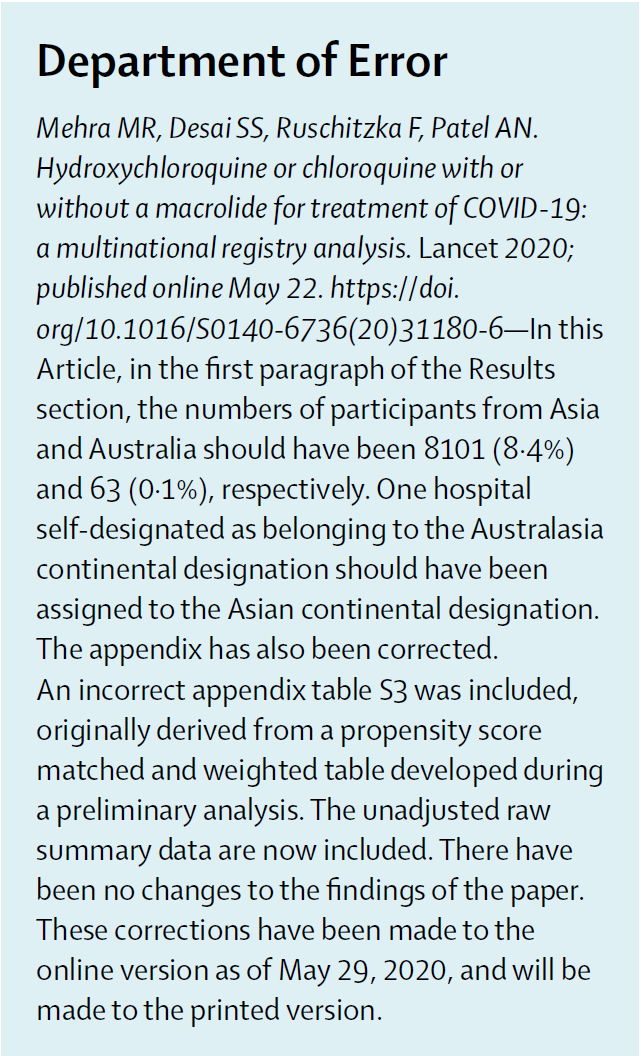
It is interview season for medical fellowships and I thought I would take the time to discuss some of the issues I see come up recurrently in evaluating applicants, especially in dedicated physician-scientist research programs.
I am fortunate to have graduated from @UCLA ’s STAR program which feel is an incredible model for training physician-scientists.
Most MD-PhD programs in the U.S. are funded by the @NIH MSTP program which integrate research and medical education. MSTP funds 50 programs and supports ~1000 trainees annually. nigms.nih.gov/training/instp…
The problem with the MSTP model is the attrition of trainees into non-research careers. For a costly federally-funded training program, planting seeds that do not fruit is a problem.
It’s a very long road from medical school, graduate work, clinical training to starting up your own research program. Frequently, methods learned during MSTP are now dated across disciplines.
The STAR Program flips the model to terminate both clinical and PhD training at the terminal clinical program. We believe this allows physician-scientists to take on the issues in translational/medical research that will further advanced the field.
medschool.ucla.edu/star-about-star
medschool.ucla.edu/star-about-star
Other programs obviously train many physician-scientists without following UCLA's model or encouraging PhD degrees to do outcomes or health services research.
Ultimately the strength of a training programs is based on mentors/mentorship and supporting fellows/faculty through their early career years.
The first important lesson for potential applicants is to learn and work with individuals that are physician-scientists at your institution. With the limited time you have, try to get involved with research projects that you may lead with considerable mentorship support.
Ask mentors to describe their physician-scientist career and how they do their work. Observe them. When you hear PIs grumble about academic research, you’ll quickly learn that grants are a prominent component of career advancement.
Across all disciplines, PIs write: grants, manuscripts, peer-review evaluations, protocols, IRBs while trying to also find time to actually get the work done and break through the practical challenges of research.
Generally PIs spend 75%-80% of their academic time doing research. Some remarkable individuals balance 50/50, but this model is usually reserved for proceduralists surgeons, interventionalists, etc. that require more clinical exposure to maintain procedural competency.
Before applying for physician-scientists training programs, you must have a fairly good understanding of what the career requires and the time investment.
It’s a very long road for even the UCLA STAR fellows. The expectation is that the university is investing nearly 5-10 on the fellowship/early career transition to create independent investigators.
In this courtship between applicant and institution, we form a long-term relationship (much like a marriage). A single-day interviewing with 5-8 faculty is a very hard way to decide who is the most qualified and best fit. Even paper applications tend to look very similar.
As an applicant you should research the program you are applying for and get to know the faculty bios of individuals you may hope to work with. It is helpful to have a rough idea of the area of research/large healthcare problem you see yourself building a career around.
If a program seems like a good fit for your career aspirations, make it known. Write emails or have additional conversations with people at the program about why you feel you would thrive in the environment and achieve your career goals.
Take the opportunity to speak with current fellows, early career faculty, senior faculty, etc. Especially if those conversations were cut short or not available on interview day.
I recall being an applicant and being fairly naïve about the entire application/career process and I continue to learn more about what it takes to achieve my goals and generate meaningful work in my field.
My last endorsement is for seeking out multiple mentors throughout one’s career that are at various stages above you. Multiple perspectives also help navigate advice that isn’t always the truth. Myself and this thread are no exceptions.
@threadreaderapp unroll
• • •
Missing some Tweet in this thread? You can try to
force a refresh




